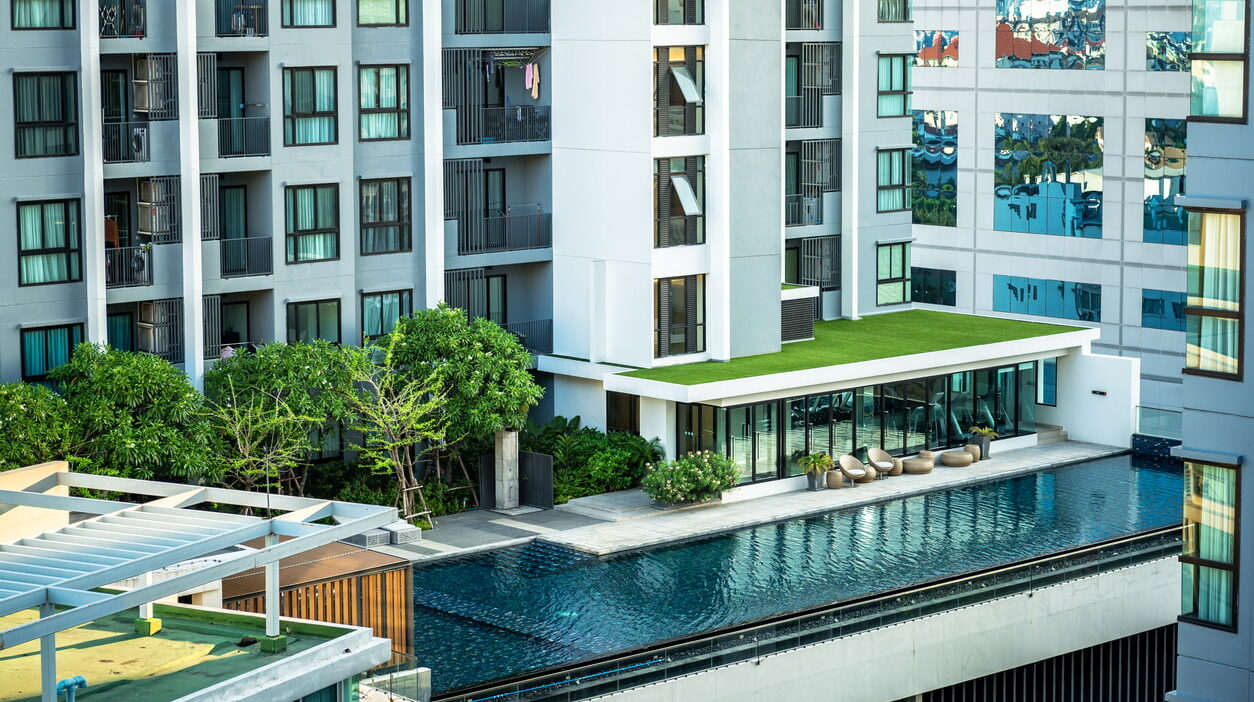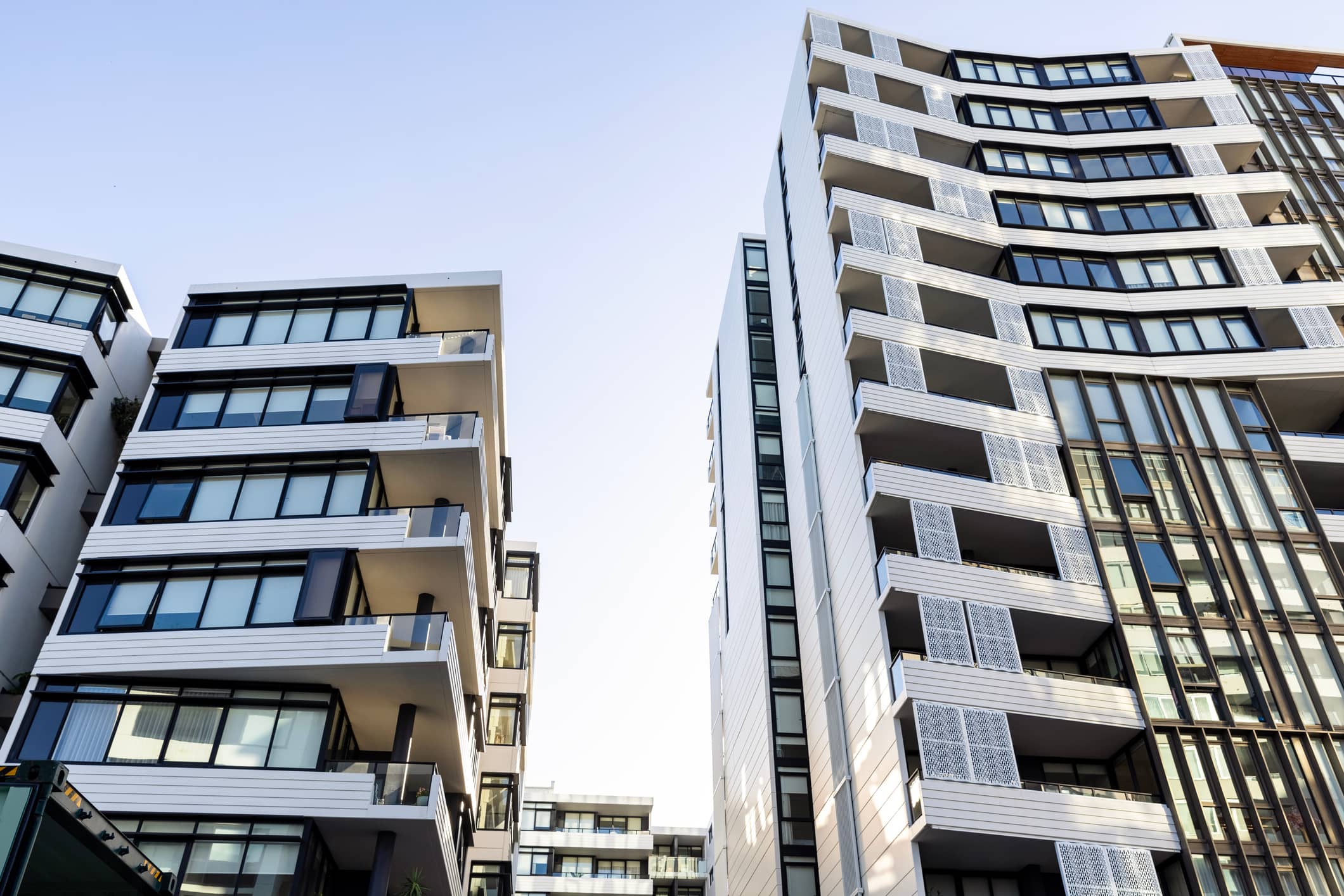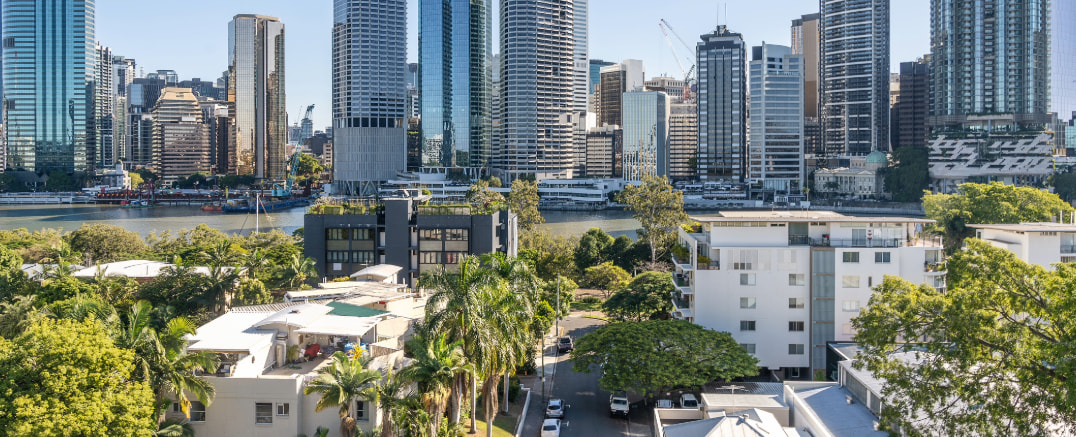The question is no longer whether build-to-rent (BTR) will become a key feature of Australia’s housing future – but whether the sector can deliver at pace, scale, and with the right return on investment.
The BTR sector is gathering traction, with ongoing year-on-year growth. Investors are leaning in, attracted by BTR’s potential to combine reliable long-term yields and portfolio resilience with relief for renters.
But alongside success stories are projects delayed, re-scoped or abandoned. Escalating construction costs, labour shortages and lengthy approvals continue to pressure feasibility.
To unlock the sector’s full potential, developers must pull a range of levers: robust cost estimation and control, innovative procurement, digital and modular innovation, and operational foresight, while delivering high-quality, sustainable designs that meet market expectations.
Nail the brief from inception to operation
BTR is not just about building apartments – it’s about creating communities where people want to live. Pools, gyms, co-working spaces, outdoor green areas, pet-friendly zones and so on are now market differentiators.
Getting the design brief right is critical, with a clear understanding of how these higher-end features affect both capex and opex over the asset’s life.
Operational excellence and proactive maintenance will be crucial to keeping residents satisfied and maintaining the asset’s appeal over decades. Every cost decision should be weighed against this whole-of-life perspective. Durable finishes and standardised mechanical systems can optimise maintenance costs while maintaining quality.
Navigate cost escalation
Construction costs remain a defining challenge. Material and labour costs are volatile, so clear cost planning – stress-tested against shifting market conditions and supported by realistic contingencies – is essential to a viable business case.
Independent cost checks and scenario testing during design will help avoid unwelcome surprises when quotes arrive.
Proactive contractor engagement in procurement
In a market under pressure, builders and subcontractors can afford to be selective. That said, the market shows reasonable interest in BTR projects over build-to-sell (BTS), as dealing with a single stakeholder simplifies coordination and reduces complexity and risk.
However, developers need to understand the impact of timing to market. Early engagement with the potential contractor tender pool will put the project on builders’ radars.
A well-coordinated design at 70–80% completion, competitively tendered to a robust selection of like-for-like contractors, is one of the best tender routes.
If there is significant risk in the timing, availability of tenderers or project complexity, Early Contractor Involvement (ECI) can help secure builder interest and buy-in, sharpen program certainty and mitigate supply chain risk. By the time tendering starts, competition with major infrastructure and residential projects may be intense, especially with the Brisbane 2032 Olympics drawing from the same workforce.
Developers will need to act early to secure labour and builder capacity, but must also maintain competitive tension. Before committing, it is worth asking prospective builders about their current pipeline and whether they have the resources to deliver on time. Everyone’s priorities, constraints and targets need to be clearly understood and aligned.
Think beyond the site boundary
Modular construction may help to speed construction amid labour shortages and on-site productivity constraints. Off-site manufacturing has potential to accelerate programs, improve quality control and reduce waste – offeringfaster time-to-market, lower exposure to site-based risk and earlier rental income.
But modular must be integrated from the start, with structural grids, servicing strategies and façade systems standardised and coordinated early. Logistics must also be carefully planned so components can get to site safely and in good condition, achieving compliance with Australian standards and installing seamlessly.
Leverage digital tools
BIM can make a huge difference in the design phase as well as in construction: coordinating consultants, tracking changes, reducing rework and delivering greater predictability of cost and schedule. In BTR, perhaps its greatest advantage is optimising long-term facilities management.
A well-governed BIM environment and model provides the digital backbone for efficient building services, streamlined maintenance planning and lower operational costs – protecting resident experience and long-term asset value.
Embed sustainability
Strong environmental performance drives value – delivering resilient assets and healthier, more affordable living.Decisions around building orientation, glazing, insulation and mechanical services have long-term implications for tenant satisfaction and operating costs.
Reducing embodied carbon is an increasing focus, while electrifying building systems and enabling renewables can help meet ESG targets while also reducing tenants’ utility costs.
For BTR apartments to be safe and sustainable across their lifecycle, priority must be placed on structural adequacy, fire resistance and weatherproofing, looking beyond compliance to long-term performance. Designing for resilience against climate risks is essential for futureproofing assets and protecting long-term returns.
Moving forward with confidence
BTR can play a major role in easing Australia’s housing crisis, but success depends on disciplined planning, smart procurement, digital and modular innovation, and a commitment to quality and sustainability over the lifecycle.
The burning question for investors and developers should be whether they are making the right decisions early enough to protect their project’s feasibility, accelerate delivery, and maximise long-term value.






